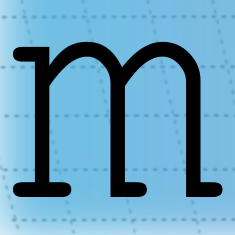Originally posted by rmfx
View Post
dxvk currently covers dx10/11 in near future it could cover dx9 of course it could expand from dx9 to dx8 as well. Any long term dx on top of vulkan that is going to last is going to expand in support dx values if implementation only support 1 dx version they have made a mistake.


Leave a comment: